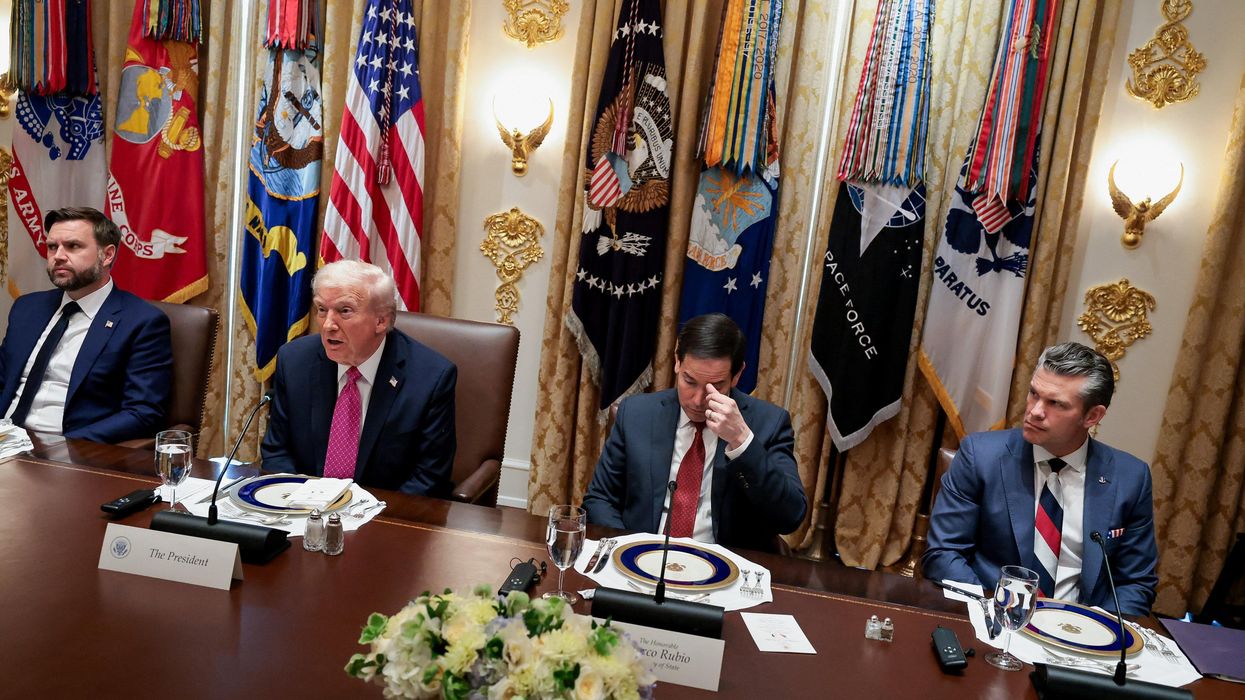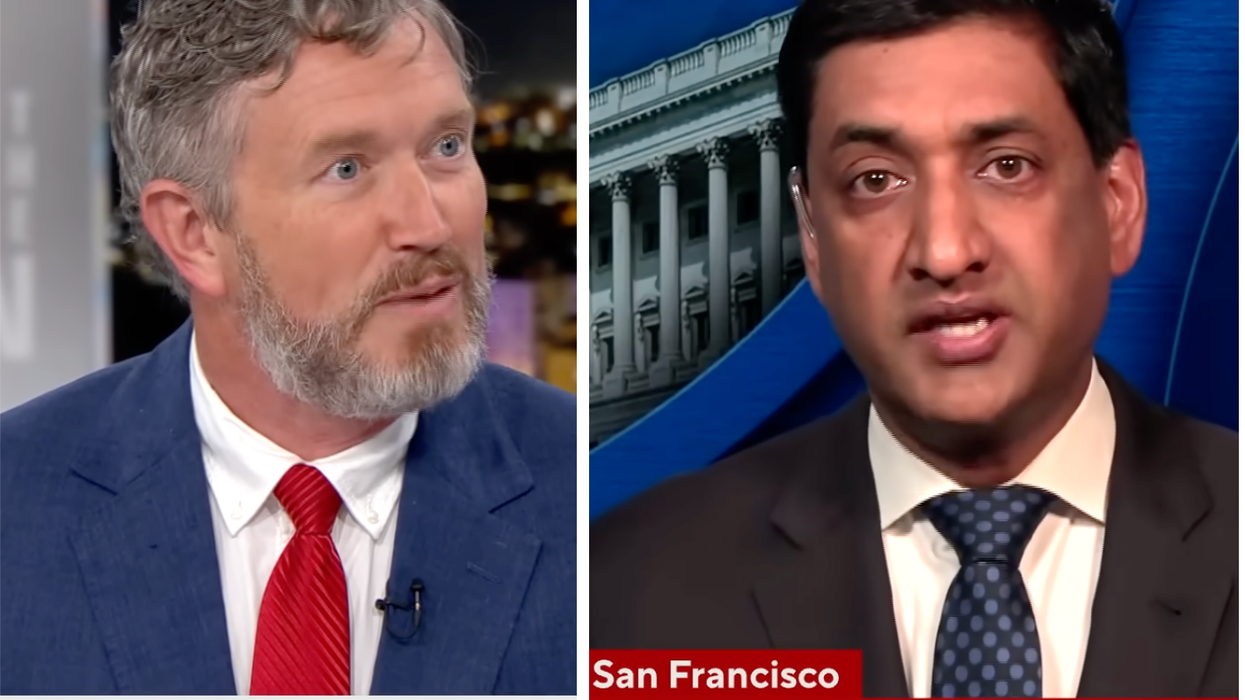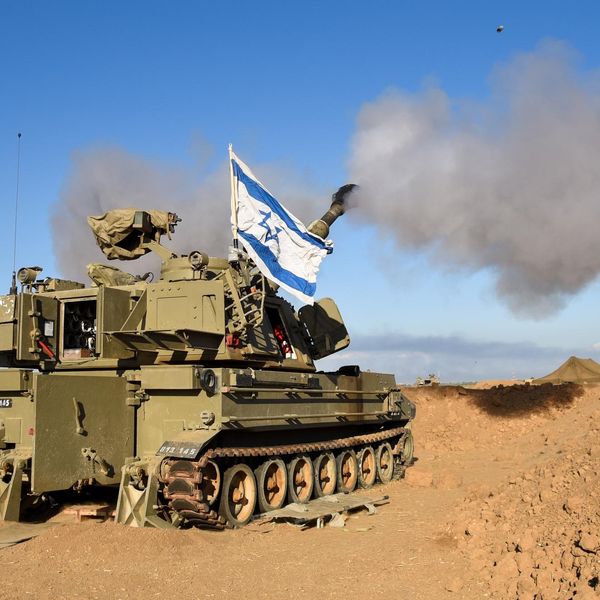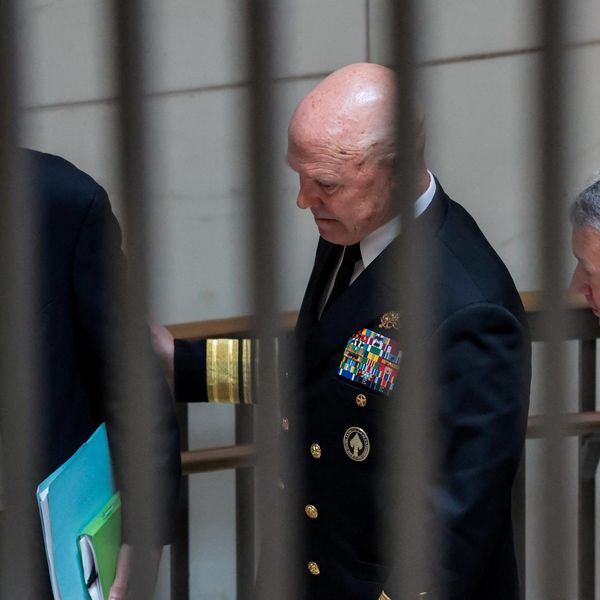On October 23, U.S. Secretary of State Mike Pompeo released a statement in commemoration of the 1983 attacks on the U.S. marine barracks in Beirut which led to the deaths of 241 U.S. service members.
Pompeo asserted that the Lebanese Hezbollah movement was behind the attack and made reference to the group’s “commitment to violence and bloodshed.” It further stated: “…we renew our commitment to preventing Hezbollah and its sponsor Iran from spilling more innocent blood in Lebanon or anywhere in the world.”
Pompeo’s statement fits in with the special status the Trump administration has given to the anniversary of the attacks compared with previous administrations. In 2017, the occasion was commemorated with a ceremony in Washington, D.C. featuring senior level speakers like Vice President Mike Pence and then-national security advisor H.R McMaster. Pence used the occasion to label Iran — Hezbollah’s staunch backer — as a “safe haven for terrorism.”
Contrary to Pompeo’s assertions, however, Hezbollah as it exists today did not exist in 1983. In fact, it was a group called Islamic Jihad that claimed responsibility for the attack — though it is said that some members of Islamic Jihad later became members of Hezbollah.
Thus, the special status that the Trump administration has given to commemorations of the 1983 bombings, and the accompanying statements blaming the attack on Hezbollah are part and parcel of its hard-line “maximum pressure” campaign against Iran.
The Trump administration has transformed US counterterrorism policy
Prior to the Trump administration, the U.S. “global war on terror” focused mainly on Sunni extremist groups like Al-Qaeda, ISIS and Al-Shabaab, with previous administrations even partnering with Iran and some of its Shiite allies in fighting such groups.
The September 11 attacks, carried out by Al-Qaeda, gave birth to the war on terror. Subsequently, when the George W. Bush administration invaded Afghanistan, where the ruling Taliban had given Al-Qaeda safe haven, Iran provided military and intelligence assistance to the U.S. and leveraged its close ties with the anti-Taliban Northern Alliance to help bring down the Taliban regime.
The focus on Sunni groups, while informally partnering with Iran and its Shiite allies against such groups, was even more evident during the Obama administration.
Washington and Tehran fought on the same side against ISIS in Iraq during the Obama presidency. In a 2015 article in Foreign Policy, Michael Weiss and Michael Pregent wrote that “Iranian intelligence operatives” were playing the role of “America’s eyes on the ground” in the fight against ISIS in Iraq.
In late 2016, the Los Angeles Times reported that “U.S.-led forces in Iraq” had begun arming and training fighters “belonging to Shiite militias historically known for having ties to Iran” in preparation for the campaign against ISIS in Mosul.
In line with this approach, the CIA reportedly tipped off Hezbollah about a bombing plot by Al-Qaeda linked elements in July 2013. Lebanese officials told reporters that the CIA’s Beirut station chief warned of a plot to carry out a campaign of bombings in Beirut’s southern suburbs, often described as Hezbollah’s stronghold, and to strike “other political targets” associated with the Lebanese group “or its allies in Syria”.
Lebanese officials were also quoted as saying that the CIA station chief passed the information of the plot to Lebanese security and intelligence officials with the understanding that it would be passed on to Hezbollah.
The Obama administration even went so far as to omit both Iran and Hezbollah from the list of terror threats to U.S. interests in its “Worldwide Threat Assessment” for 2015.
This assessment even mentioned Iran’s role in preventing ISIS “from gaining large swaths of additional territory” in Iraq, and its only reference to Hezbollah addressed the threat it faces from “Sunni extremists” in the Lebanese-Syrian border region.
Things changed abruptly with the inauguration of Donald Trump. From the beginning his administration adopted a hard-line anti-Iran policy, aligning the U.S. even more closely with the Islamic Republic’s regional enemies like Israel and the Gulf States. He staffed his administration with neoconservatives and Iran hawks, and with evangelicals like Pence and Pompeo, and his first trip abroad as president took him to Saudi Arabia and Israel.
One of the main elements of the anti-Iranian strategy adopted by the Trump administration has been to argue that Iran and its allies pose a terrorism threat no less dangerous than that posed by groups like Al-Qaeda and the Islamic State.
Along these lines, the Trump administration designated the Iranian Revolutionary Guard Corps a terrorist organization, paving the way for the assassination Quds Force commander General Qassem Soleimani at Mike Pompeo's reported urging.
More recently, the Trump administration has considered the designation of the Iran-aligned Yemeni Houthi movement as a terrorist organization.
Hezbollah however, as Iran’s strongest and most capable allied force and a primary nemesis of Israel, has been at the center of this new American approach. Trump administration officials have gone to great lengths to argue that Hezbollah is a global menace akin to groups like Al-Qaeda and ISIS — hence the special status given to the anniversary of the Marine barracks attacks and the accompanying statements tying the attacks to Hezbollah.
In an interesting related development, the recent Homeland Threat Assessment report issued by the Department of Homeland Security identifies Hezbollah as a threat, warning that it “could advance an attack plot — with little to no warning — in response to heightened tensions” between Washington and Tehran.
U.S. officials have also accused Hezbollah of stockpiling ammonium nitrate in European countries with the purpose of carrying out possible future terrorist attacks.
A Biden administration may remove Hezbollah from the ‘terrorism spotlight’
While Hezbollah may be the target of escalated joint American-Israeli-Gulf State action if Trump is re-elected, there is plausible cause to believe that a Biden administration may steer Washington’s counterterrorism policy back toward its former direction of prioritizing the fight against Sunni groups.
Of course, Biden was vice president during the Obama administration, which witnessed the highest levels of cooperation between Washington and Iran against groups like ISIS.
But more importantly, one of the main elements of a Biden administration’s policy in the Middle East could be the downgrading of ties with Saudi Arabia, in stark contrast to the Trump administration’s approach.
Biden has promised to reassess the relationship with Saudi Arabia if elected, and the former vice president has a history of criticising Riyadh, including in matters related to terrorism. In an interview with the Council on Foreign Relations following the September 11 attacks, he accused Saudi Arabia of spreading the extremist ideology adopted by groups like Al-Qaeda. And in 2005, then-Senator Biden introduced anti-terrorism legislation accusing Saudi Arabia of having “an uneven record in the fight against terrorism.”
This suggests that while Trump has brought tensions between the U.S. and Iran to an all-time high, there exists a real potential for de-escalation and broader U.S. realignment in the Middle East, should Biden be elected.
















